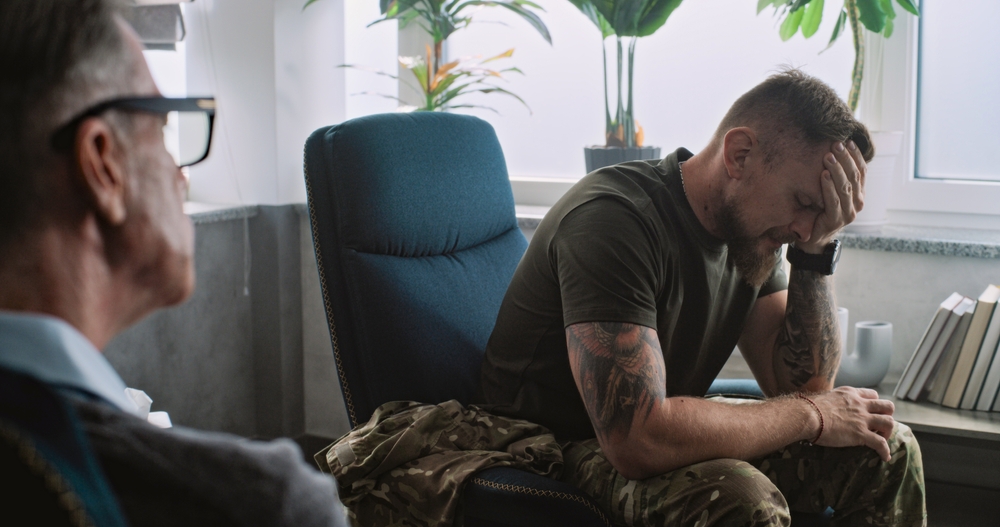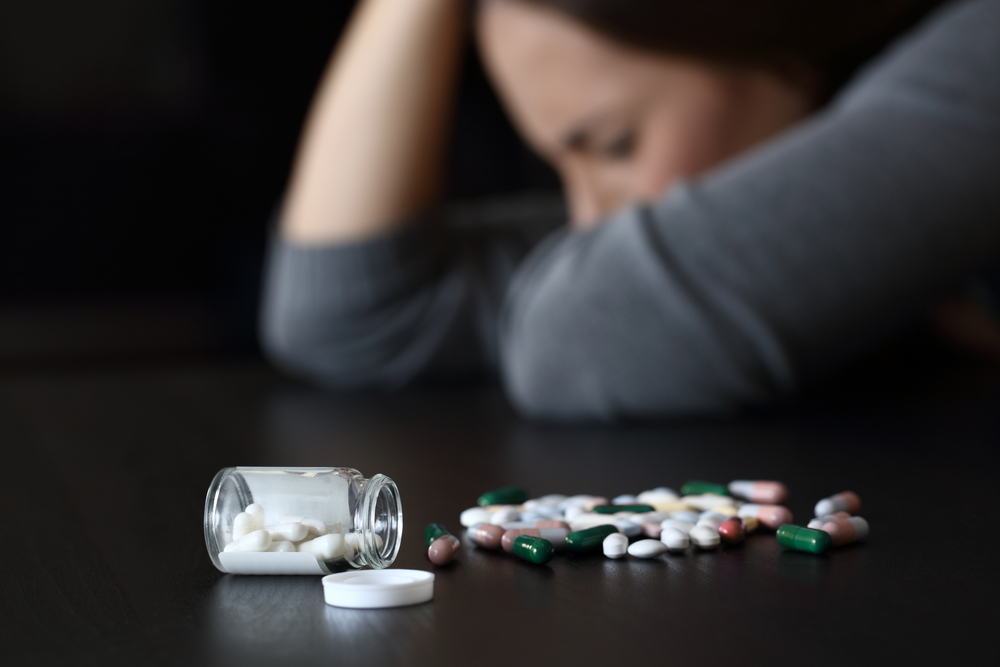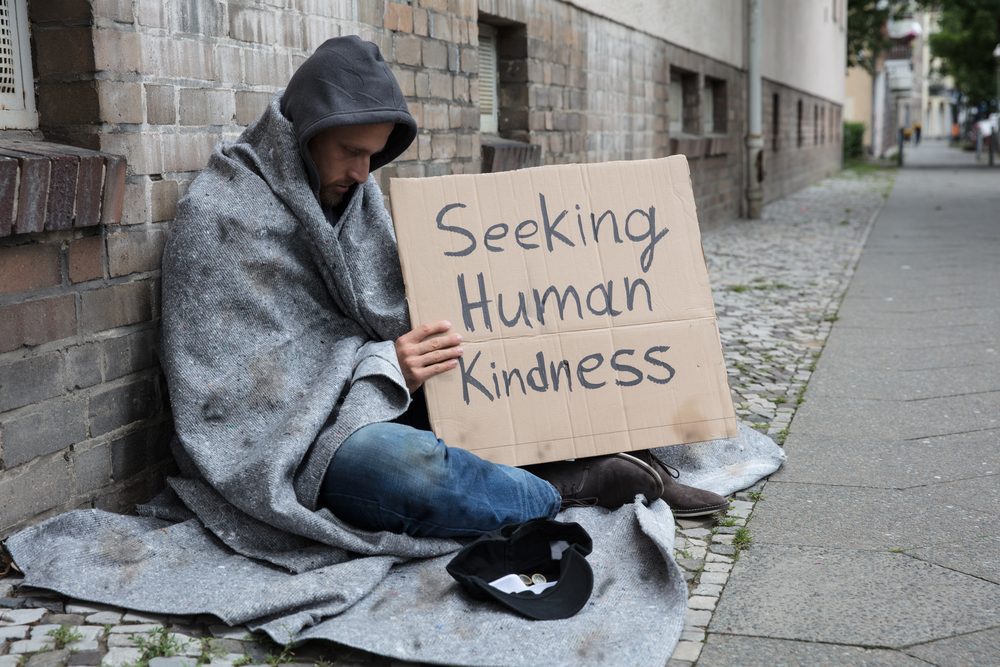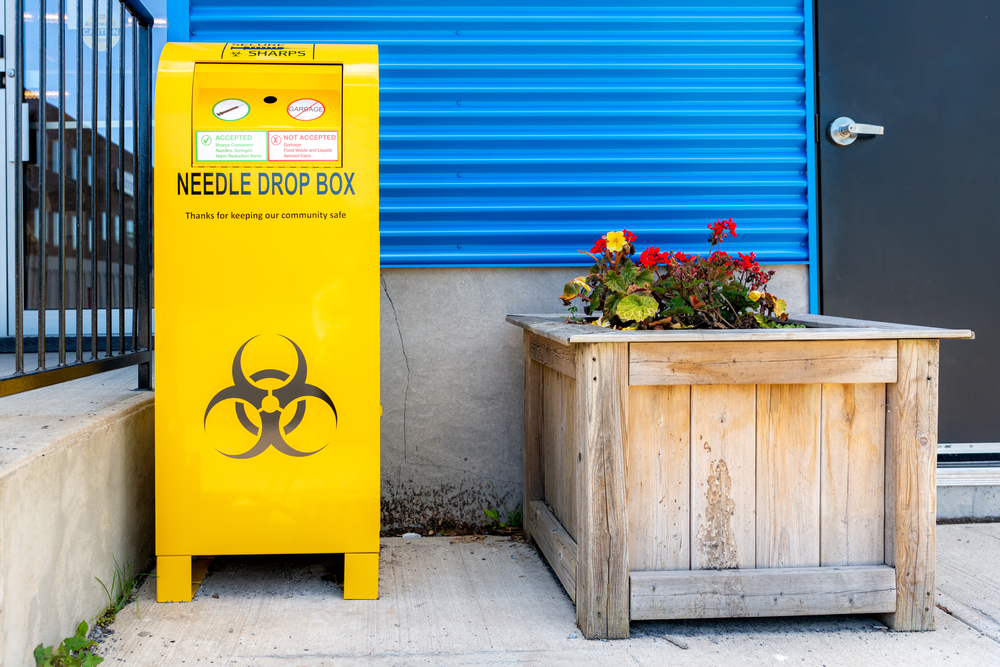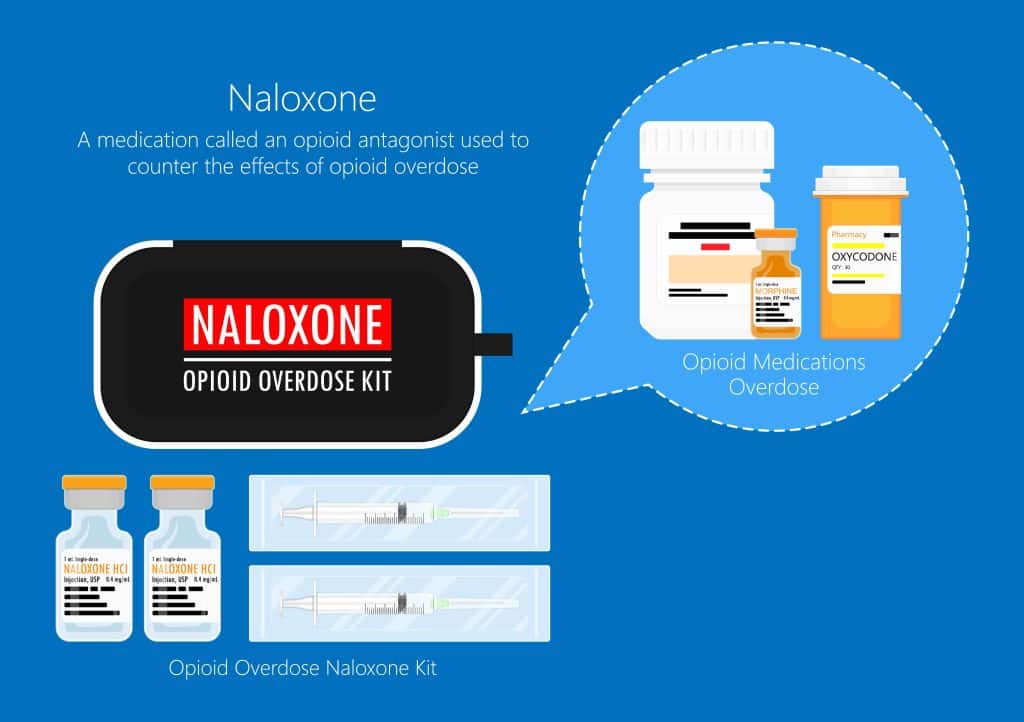Mindfulness Meditation in Addiction Recovery: Science-Backed Benefits
Mindfulness meditation is a practice that asks you to rest in the present moment. You pay attention to your thoughts, feelings, and bodily sensations in a gentle way. This approach helps you understand your inner experience without judging it.
Mindfulness meditation supports healing from substance use disorders by easing intrusive thoughts and reducing withdrawal symptoms. It also enables you to focus on self-care and emotional regulation.
Below is a deeper look at how mindfulness meditation supports recovery. You will find practical tips, real-life successes, and a clear explanation of the science behind mindfulness. This information may guide you toward better health, more balanced emotions, and overall well-being.
Understanding Mindfulness Meditation
Mindfulness meditation is not about clearing your mind of all thoughts. It is about paying attention to your present experience in a calm and focused way. You notice each thought and emotion as it arises. You do not label those thoughts or push them away. You let them move through your mind with an attitude of acceptance.
This practice often begins with simple breathing exercises. You find a comfortable seat. You gently close your eyes or soften your gaze. You direct your focus to each breath as it flows in and out. When your mind wanders, you bring it back to your breath. This gentle refocusing trains your mind to handle stress, cravings, and fear without reacting too strongly.

The Role of the Prefrontal Cortex
In scientific studies, mindfulness meditation shows positive effects on the prefrontal cortex. This area of your brain supports decision-making and impulse control. People who struggle with substance use disorders often experience difficulties with self-regulation. Strengthening the prefrontal cortex helps you make healthier choices in stressful moments.
When you practice mindfulness meditation, you create new neural connections. These connections help you cope with intrusive thoughts and cravings. Your mind learns to identify triggers without immediately acting on them. This process lowers the risk of relapse and protects your overall mental health.
Managing Intrusive Thoughts and Withdrawal Symptoms
During recovery, intrusive thoughts can feel overwhelming. You might think about old habits or experience a strong desire to use. Mindfulness meditation shines a light on these thoughts in a non-judgmental way. You see them, acknowledge them, and let them go. Over time, they lose their power, and you feel less driven by them.
Withdrawal symptoms can also be intense. Many people feel restless, anxious, or irritable. Mindfulness meditation helps you observe these feelings and sensations with a calm attitude. This does not remove the discomfort but changes how you relate to it. You develop resilience and learn to weather these storms without turning to substance use.
Addressing Depression and Anxiety

Depression and anxiety often accompany addiction. They may stem from emotional trauma or chronic stress. Mindfulness offers a holistic approach that supports treatment for depression and anxiety. It does not cure these conditions in isolation, but it helps you regulate emotions in daily life.
When you sit in quiet contemplation, you gain insights into what triggers your sadness or worry. You learn to pause before reacting. This pause grants you a moment of clarity to decide on a healthy response. Many people report that mindfulness meditation, in combination with other forms of therapy, helps stabilize mood and promotes a sense of peace.
Coping with Chronic Pain
Chronic pain can play a major role in substance use disorders. Many people turn to drugs or alcohol for relief. Mindfulness meditation teaches you to examine discomfort without immediately judging it as negative. You practice observing sensations in your body, noticing where the pain resides, and gently breathing into that area.
This method is not about ignoring pain. It is about changing your reaction to it. When you practice mindfulness, you feel less burdened by the constant pressure of pain.
How Mindfulness Supports Relapse Prevention
Cravings and triggers can appear at any moment. Mindfulness meditation builds a strong foundation for relapse prevention. You learn to recognize cravings without being controlled by them. You notice urges to use substances and respond with an attitude of self-compassion.
When you sense a craving, you can pause and focus on your breath. This action shifts your attention away from impulsive behavior. You ground yourself in the present moment and give your mind a chance to choose a healthier response. This habit becomes more natural over time. It acts as a mental shield against relapse.
Practical Mindfulness Exercises
You do not need special equipment or a large block of free time to begin. A few simple mindfulness exercises each day can create meaningful change. Here are some suggestions:
1. Breathing Check-In
- Sit or stand in a relaxed position.
- Close your eyes or look softly at a point in front of you.
- Pay attention to your breath as it enters and leaves your body.
- When thoughts arise, gently return to your breath.
2. Body Scan
- Lie down or sit in a comfortable position.
- Scan your body from head to toe.
- Notice any tension or pain.
- Breathe into the area of discomfort and observe it without judgment.
3. Mindful Eating
- Before you eat, pause for a moment.
- Look at your food and notice colors, textures, and smells.
- Take a slow bite and focus on the flavors in your mouth.
- Stay present until you finish your meal or snack.
4. Walking Meditation
- Walk at a slow pace.
- Notice each footstep as it touches the ground.
- Feel the movement of your legs and the rhythm of your breath.
- Focus on these physical sensations for the entire walk.
These mindfulness exercises help you stay in the present moment. They strengthen your ability to observe thoughts and feelings without becoming overwhelmed. They also offer a tool for navigating daily life with more awareness and self-control.

Real-Life Success Stories
Many people share success stories about using mindfulness in addiction recovery. Some people find relief from chronic pain when they bring mindful attention to tense muscles or sore joints. Others notice fewer intrusive thoughts because they practice daily breathing check-ins. They replace moments of stress with moments of reflection.
One person narrated how mindful meditation helped him recover from alcohol, pot and meth addiction. He had started using when he was only nine years old, and along the way, ended up in prison for two years. At some point, he became suicidal but was lucky enough to get timely help.
Another person told of how he had attempted to get clean unsuccessfully but is now sober thanks to mindful meditation. He has been to individual therapy, outpatient groups, inpatient heroin addiction treatment (9 times) and 12-steps, but was still struggling with addiction and relapse for a decade. “meditation helped me to change my perspective,” he said.
Building a Consistent Practice
Consistency is important. A few minutes of mindfulness each day can make a big difference. You can start small and gradually increase the time you spend meditating. Some people prefer guided practices, while others enjoy silent meditation. The key is to find a routine that suits your personality and lifestyle.
You may wish to record your experiences in a journal. Over time, you can track your progress and notice patterns in your moods, cravings, and reactions. This self-awareness helps you refine your mindfulness practice and stay motivated.
The Power of a Holistic Approach
Addiction recovery requires a holistic approach. Mindfulness meditation fits well into this model. It pairs with counseling, peer support, and, in some cases, medical interventions. When used with other treatments, it enhances emotional regulation and encourages self-awareness.
Drug addiction treatment programs like those offered by More Than Rehab often include mindfulness exercises. These sessions allow you to explore your emotions and thoughts without shame. They also help you practice relapse prevention skills and develop healthy routines.

